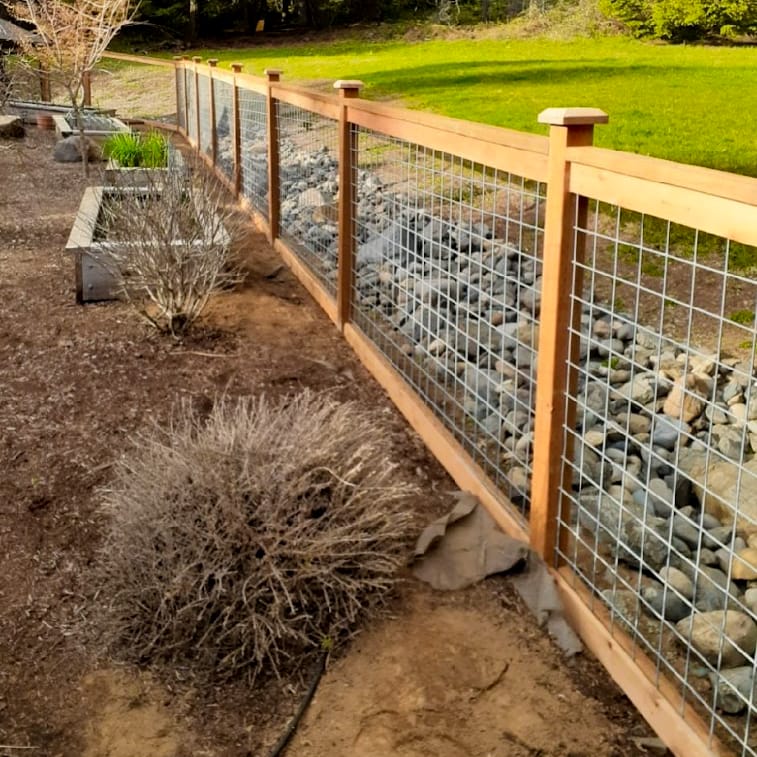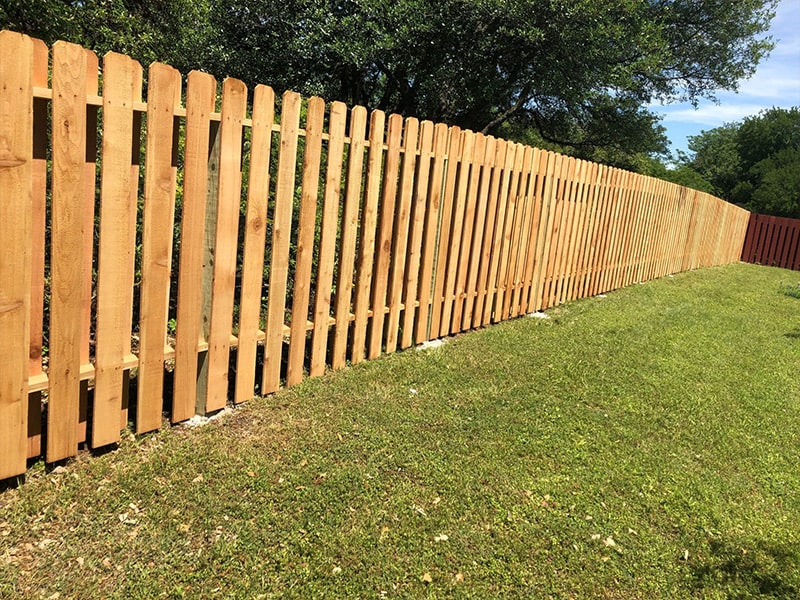All Categories
Featured

Fences are an integral part of your home, supplying personal privacy, security, and visual value. Nevertheless, they are frequently exposed to the components and can experience weather-related damage in time. Whether it's strong winds, rain, snow, or intense warmth, weather can progressively weaken your fencing, bring about costly repairs or replacement. Luckily, there are several actions you can take to shield your fence from weather-related damage and prolong its life expectancy. Right here's just how you can protect your fence against the aspects.
- Choose the Right Product. The sort of product your fence is made from plays a substantial role in just how well it will endure weather. Some materials are normally more immune to damages than others. As an example:
Wood Fencings: While classic and attractive, timber can be at risk to dampness, rot, and bugs. Pressure-treated timber or cedar can offer far better resistance to these concerns. Vinyl Fencings: Plastic is highly immune to moisture, rot, and pests. It additionally stands up well to severe sun and heavy rain. Metal Fences: Wrought iron or light weight aluminum fencings are durable and can hold up against a range of weather. They can, however, endure from corrosion with time, particularly otherwise appropriately coated. Compound Fences: Made from a blend of wood fibers and plastic, composite fences are much more resistant to weather-related damages contrasted to conventional timber fences. Picking the ideal product for your region's environment is the initial step in protecting your fencing from weather damage.
- Seal or Discoloration Wooden Fences. Wooden fencings are specifically at risk to damage from moisture, UV rays, and temperature changes. One of one of the most reliable ways to safeguard your timber fence is by applying a safety sealer or stain. These items aid:
Prevent Water Damages: Sealants create a water-resistant obstacle, avoiding dampness from leaking into the wood and creating mildew, rot, or mold. Shield Against UV Damage: A great tarnish or sealant will certainly also obstruct unsafe UV rays from the sunlight, which can create wood to dry, fracture, and stain gradually. Preserve the Fencing's Look: Routine staining helps preserve the all-natural elegance of the wood and expands its life expectancy. It's advised to reapply the discolor or sealant every 1-- 2 years to maintain your surround excellent problem.
- Mount a Barrier for Wind Security. Strong winds can trigger substantial damage to your fence, particularly if it is high or weak. Wind can bend or break wooden panels, loosen fencing articles, and even create the entire fence to collapse. Mounting a windbreak-- such as planting bushes, bushes, or mounting a mesh obstacle-- can assist safeguard your fencing from high winds.
Additionally, you can strengthen the articles with concrete or metal dental braces to offer added stability and prevent leaning or shifting.
- Trim Overhanging Branches. Overhanging tree branches can posture a serious danger to your fencing throughout tornados or high winds. Falling branches can damage panels or damage the fence posts, bring about pricey repair work. Routinely cut any branches that hang over your fence, specifically if they're in close proximity to it. Keeping the branches reduced reduces the danger of branches breaking short and triggering damages to the fence.
- Routine Assessments and Maintenance. Carrying out normal upkeep and examinations is essential to catching potential troubles prior to they rise. After a hefty storm, check your fence for any signs of damage, such as loose panels, leaning blog posts, or damaged areas. Looking after small problems before they come to be larger ones can assist prolong the life of your fence.
In addition, cleaning your fence regularly to eliminate dirt, debris, or mold can aid preserve its appearance and honesty. For wood fencings, carefully pressure clean the surface to remove built-up crud, and for vinyl fences, use a light cleaning agent to clean up any kind of spots.

- Ensure Appropriate Drainage. Water damage is one of the most usual weather-related concerns that impact fences. Poor water drainage can lead to standing water around your fencing blog posts, which can trigger the messages to rot or damage over time.
- Apply a Safety Finishing to Steel Fencings. Steel fencings, such as those made of iron or steel, are very sturdy yet can be prone to corrosion if not properly maintained. Applying a safety coating or paint that is specifically designed for metal can assist avoid corrosion and corrosion. Be sure to examine the fencing occasionally for any type of indications of corrosion, and address it immediately by sanding and repainting the influenced areas.

Conclusion. Your fencing is a useful financial investment, and securing it from weather-related damages will assist ensure that it remains to offer its purpose for several years to come. By picking the ideal products, frequently keeping your fence, and taking actions to safeguard it from the elements, you can lessen weather-related damage and prolong its life-span. Whether you're handling strong winds, heavy rain, or the extreme sunlight, these basic actions can go a long way in maintaining the problem and appearance of your fence, conserving you time and money in the future.
Latest Posts
Discover Exclusive Auto Repair Specials in Chicago at Montclare Auto Repair
Published May 27, 25
1 min read
Uncover Reduce Expenses on Car Maintenance with Montclare Auto Repair’s Limited-Time Deals
Published May 27, 25
1 min read
How Regular Vehicle Maintenance at Montclare Auto Repair Saves You Money
Published May 26, 25
1 min read
More
Latest Posts
Discover Exclusive Auto Repair Specials in Chicago at Montclare Auto Repair
Published May 27, 25
1 min read
Uncover Reduce Expenses on Car Maintenance with Montclare Auto Repair’s Limited-Time Deals
Published May 27, 25
1 min read
How Regular Vehicle Maintenance at Montclare Auto Repair Saves You Money
Published May 26, 25
1 min read